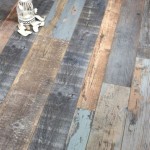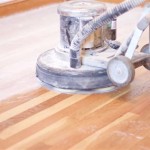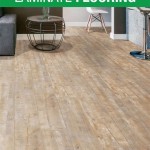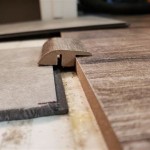Engineered Maple hardwood flooring is an ideal choice for homeowners looking for an attractive, durable flooring solution. Its natural beauty, strength, and durability make it a popular choice for living rooms, bedrooms, and other high-traffic areas. From its installation process to its maintenance needs, this guide covers all the basics of engineered maple hardwood flooring.
What is Engineered Maple Hardwood Flooring?
Engineered maple hardwood flooring is a flooring product that is constructed from real maple hardwood. It is engineered with multiple layers of wood bonded together, which makes it more durable and stable than traditional hardwood flooring. Unlike solid hardwood, engineered maple hardwood is less likely to warp or expand due to changes in humidity or temperature.
Installation Process
Engineered maple hardwood flooring can be installed in several different ways, depending on the type of subfloor. Floating installation is the most common, wherein the planks are laid on top of a foam underlayment, and then connected to each other with a tongue-and-groove system. Glue-down installation is another option, wherein the planks are glued directly to the subfloor. For concrete subfloors, a professional installation is recommended, as it requires specialized tools and materials.
Maintenance and Care
Engineered maple hardwood flooring is relatively easy to maintain, as regular sweeping and vacuuming will keep it clean and looking its best. To protect against scratches and damage, use felt pads under furniture legs and area rugs in high-traffic areas. In addition, using a cleaner specifically designed for hardwood floors will help to keep the finish looking new. For deeper cleaning, use a damp mop and a wood cleaner, but be sure to avoid using too much water.
Pros and Cons
Engineered maple hardwood flooring offers several advantages, including its strength and durability, easy installation, and low maintenance needs. In addition, it is more resistant to warping and expansion than solid hardwood, and it can be installed over existing flooring. On the downside, it is more expensive than other types of flooring, and it cannot be sanded and refinished like solid hardwood.
Costs
The cost of engineered maple hardwood flooring will depend on the size of the room, the type of installation, and the quality of the product. On average, it can range from $7 to $12 per square foot, installed. This cost is higher than other types of flooring, such as laminate or vinyl, but it is generally more durable and long-lasting.
Conclusion
Engineered maple hardwood flooring is a great choice for homeowners looking for an attractive, durable flooring solution. Its easy installation, low maintenance needs, and strength make it an ideal flooring option for high-traffic areas. Although it is more expensive than other types of flooring, its beauty and durability make it worth the investment.















Related Posts








